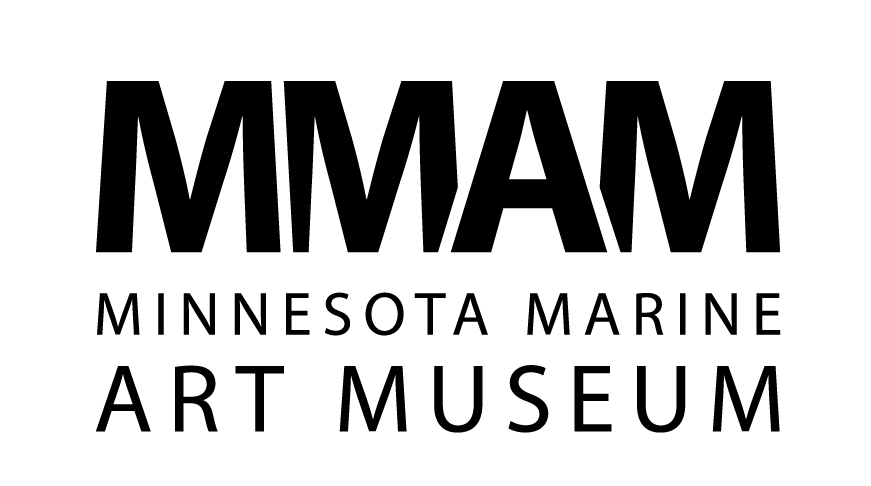Maarten Platje: The Early History of the US Navy (May 3-August 18, 2019)
By Jon Swanson, Curator of Collections and Exhibitions
Maarten Platje, Dutch, USS Constitution vs HMS Java (29 December 1812), 2018. Oil on linen.
The Minnesota Marine Art Museum is pleased to offer an exhibition of recent oil paintings by Dutch marine painter Maarten Platje showcasing important historic 19th century U.S. Naval ships, battles, and events. Maarten Platje: The Early History of the US Navy opened May 3 and runs through August 18, 2019. Fifteen large paintings on loan from the artist and courtesy of the Cavalier Galleries (Greenwich, CT) are on display. Platje’s works have been visitors’ favorites at the Museum since opening in 2006 and exhibition is an opportunity to exhibit new works by this popular marine artist.
Maarten Platje, born 1967 in port city of Rotterdam, The Netherlands, was inspired by the sea at a very young age. Encouraged by his a father, an officer in the Royal Netherlands Navy, Maarten drew and painted the Dutch landscape with its shores, lakes, rivers and the various types of ships and boats that navigated through these waterways. His formal training came from the art academy Ars Aemula Naturae (‘Art is competing with nature’) in Leiden, the oldest society of visual artists in the Netherlands, tempered with his intense interest in maritime history and ship design. His academic training was complemented by a four-year term as a sailor in the Royal Netherlands Navy where he sailed most of the world’s oceans. In 1986 he began his career as marine artist and has received numerous awards and honors for his richly detailed, technically accurate, painstakingly researched paintings, and realistic portrayals of historic ships.
Maarten Platje, Action in the Mid Atlantic, the Capture of HMS Cyane and HMS Levant, 2018. Oil on linen.
Platje’s first visit to the United States in 1977 introduced him to museums and libraries that sparked his lifelong interest in American maritime history. A 2008 visit to the States inspired him to create a series of oil paintings showing events during the first formative years of the American Navy. He explains” I started to study the available literature and the idea was borne of making a series of oil paintings depicting various historic encounters and battles in which the young American navy, in the early years of its existence, has been involved. I was convinced that the heroic naval actions of that time and the brave conduct of the commanders and sailors still have a strong appeal today.” Aside form his technical mastery of art techniques, Platje painstakingly investigates his historic subjects through written accounts, merchant and naval records, maps, ship’s plans, etc., and visual records from period sketches, drawings, and paintings, ship models and surviving historic ships (USS Constitution in particular). His depictions of ships are technically detailed and accurate and his renderings of water, skies, clouds, and water phenomena are based on scientific fact and observation. In all of his works he strives for a “combination of an attractive composition and historical correctness. Artistic freedom may not hinder the historical correctness and vice versa.”
Maarten Platje, Victory at Bermuda, the Capture of the HMS Dominica by American Privateer Decatur, 2018. Oil on linen.
On display are Platje’s recent paintings set in the early 19th century and feature the first US naval ships USS Philadelphia and USS Constitution at their duties in Gibraltar, Tripoli, and Malta during the First Barbary War (1801-1805). The remainder of his series focuses on the War of 1812 (1812-1815) and the small and young United States Navy’s battles against the larger, more powerful, and experienced British Royal Navy. At the outbreak of this war the American navy consisted of sixteen sea going vessels while the British fleet could send over six hundred ships into battle. Early naval battles surprised both sides and indicated the war would go differently than they initially predicted. The United States assumed they had the advantage on land, but would have a difficult time at sea battling the superior forces of the British Royal Navy. Platje illustrates key historical events and battles in rich technical detail and showcases his mastery in rendering, light, wind, water, and atmosphere.





